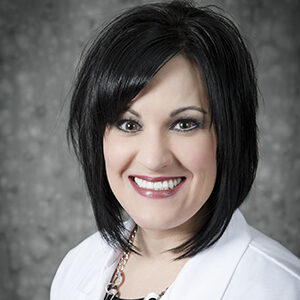Symptoms of Pneumonia
The symptoms vary depending on the pathogen causing the infection. If the individual affected is a young child or an older adult, the symptoms may look different than those in an adolescent or middle-aged adult. For people in these age groups, pneumonia can be life-threatening, so it's important to consult a doctor about specific symptoms. The most common symptoms for each type of pneumonia are:
Fungal Pneumonia - fever, cough with phlegm, chills, and nausea or diarrhea.
Bacterial Pneumonia - a bluish tint on the fingernails and lips, cough with yellow, green, or bloody phlegm, fever, delirium, excessive sweating, or rapid heartbeat.
Mycoplasma Pneumonia - resembles a regular vital infection, such as fever, cough, with phlegm, sore throat, and headache.
Viral Pneumonia - similar to bacterial pneumonia but may also include aches, shortness of breath, and a worsening cough.
If individuals are seeing bluish tint on their fingernails and lips, having trouble breathing, experiencing chest pains or worsening cough, they need to seek medical attention as soon as possible. These symptoms can be life-threatening for the elderly, young children and infants, and those with underlying health issues.




















